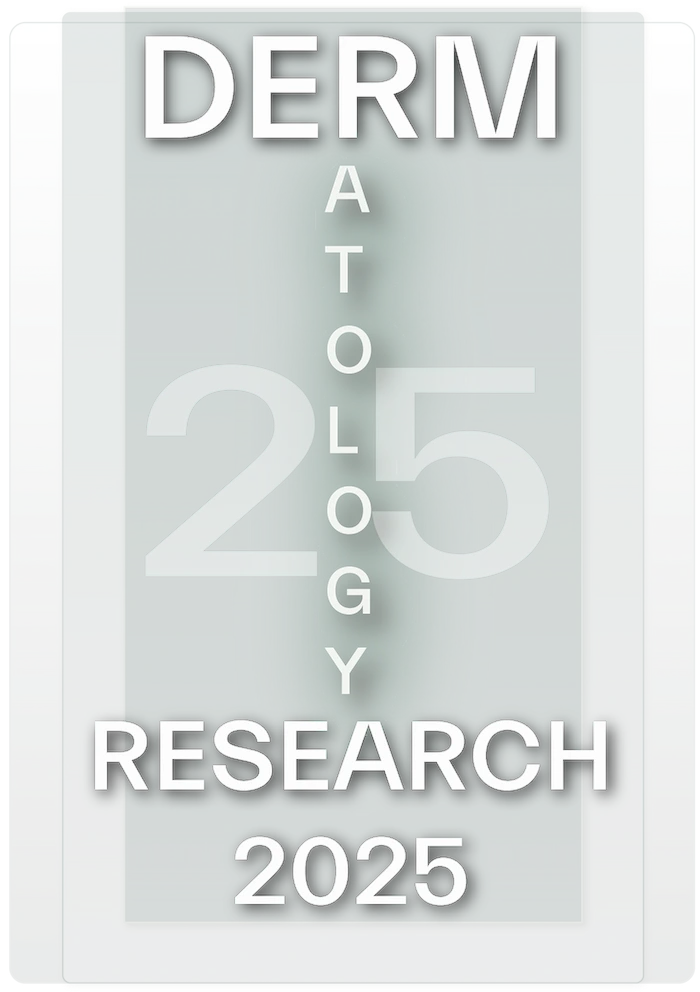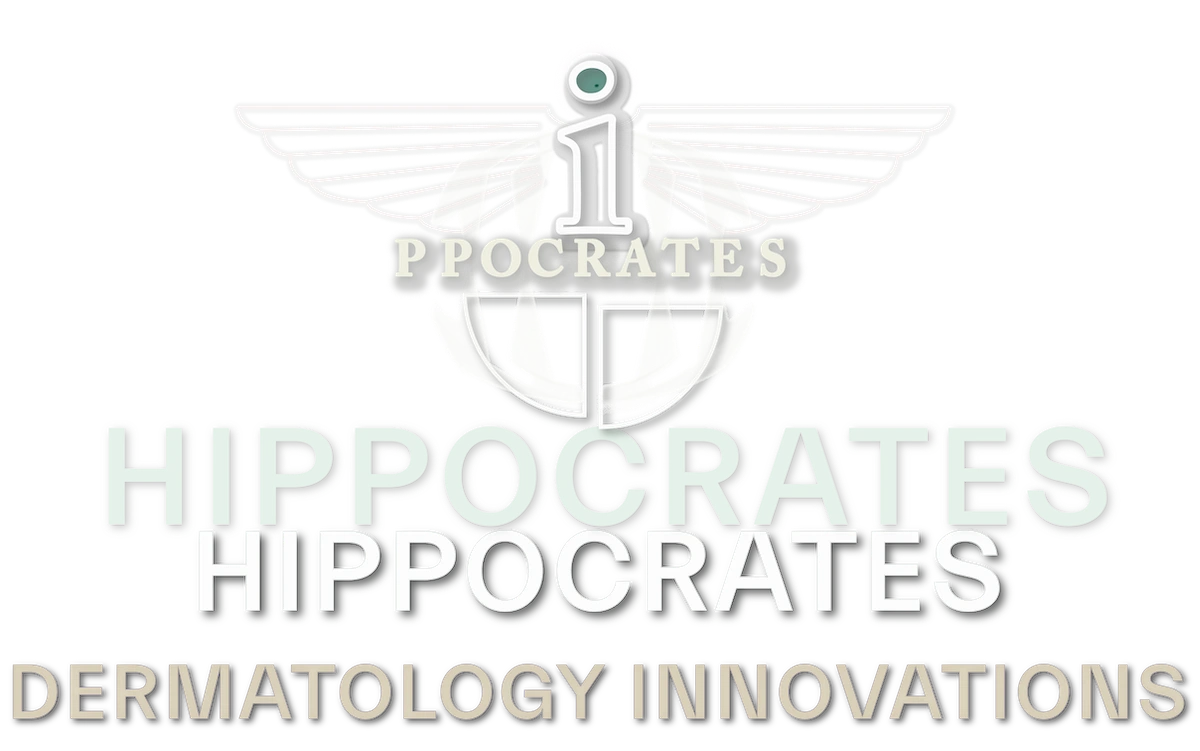

Psychological considerations may not be overlooked in management of acne vulgaris. In adult chronic stress-induced acne breakouts, often referred to as stress acne, as in many skin diseases, emotional stress has been incriminated as a causative factor, which may greatly affect course of treatment, determined principally based on acne types and severity. There is no doubt that anxiety and depression, secondary to the development and persistence of acne , are commonly experienced and may render the patient a social outcast. These factors and their impact on quality of life of the patients must be taken seriously in treatment of acne.
Unemployment can result from severe acne. The appearance of the skin can also be a limiting factor in employment. Anxiety is also common especially worrying about scarring. Depression is also a feature, fueled by concern about appearance. Social life is often affected. Most of adult females had tried to conceal their acne lesions with make-up, but this was largely unsuccessful.
A study by Rubinow et al evaluated the psychiatric morbidity and mood characteristics of seventy-two patients with cystic acne before and after treatment with one of three dosage schedules of isotretinoin. No excess psychiatric morbidity was observed but substantial evidence of psychological distress was noted before treatment. After acne treatment significant reduction in anxiety were observed, with greatest mitigation of anxiety and depression in those patients with the greatest dermatological improvement with isotretinoin.
Kenyon found no evidence for adult acne being initiated de novo by psychological factors. However, he did find in the predisposed individual that exacerbation of acne can occur as a result of emotional stress. If acne is made worse by psychological burden, the treatment of inflammation is the most likely profitable route of investigation. Indeed calming the inflamed skin is one of the successful approaches to treatment of acne. Does body lesions such as back acne would follow the same pattern of development? Even though there are less studies on pathology of acne lesions in areas other than the face, epidermis structures and sebaceous glands share the same characteristic as of facial lesions. However, population of sebaceous glands in the skin of the back, chest and arms is much less compare to that of the face.
Another study by Toyoda M, Morohashi M. suggests that cutaneous neurogenic factors may stimulate lipogenesis of the sebaceous glands which may be followed by proliferation of Propionibacerium acnes, and may yield a potent influence on the sebaceous glands by provocation of inflammatory reactions via mast cells, a cascade which eventually terminates in a chronic stress-induced acne breakouts. This study uses cutaneous neurogenic factors changes as a means to examine involvement of psychological factors in acne vulgaris and concludes that these factors including subtance P should contribute to onset and/or exacerbation of acne inflammatory mediators.
Severe acne is associated with increased risk of suicide attempt. Swedish cohort study addresses this issue in Nov 12, 2010 in BMJ, which emphasizes role of counseling in physician’s management of stress acne.
Stratum corneum lipid composite and sebum changes as a result of stress is another aspect of this vicious circle which warrants early intervention. Depletion of skin’s ceramides level and pyrollidone carboxylic acid has been suggested as how sebum under psychological burden alters and gives rise to stress acne.
The psychosocial dimension of acne vulgaris, particularly in adults experiencing chronic stress-induced acne breakouts, is a crucial yet often underestimated component in the comprehensive management of this condition. While acne is typically approached as a dermatological disorder, mounting evidence underscores the bidirectional relationship between emotional stress and acne flare-ups. Emotional distress—especially in the form of anxiety, depression, and social withdrawal—can significantly impact not only the perception of acne severity but also the effectiveness and adherence to treatment.
Stress has been implicated as a major contributing factor in adult acne, with several studies suggesting that emotional stress triggers acne or aggravates acne lesions, particularly in individuals predisposed to the condition. The psychological repercussions of visible acne, such as reduced self-esteem, embarrassment, and social isolation, are frequently reported. These effects are compounded by societal misunderstandings of adult acne, leading to underestimation of its emotional toll by peers, employers, and even healthcare providers. Many patients invest substantial time and resources in concealing their acne or resorting to over-the-counter treatments for stress acne, often resulting in further frustration when desired results are not achieved.
Clinical data, such as that from Rubinow et al., emphasize the positive psychological outcomes associated with effective dermatological treatment. Notably, isotretinoin not only led to significant dermatological improvement in patients with cystic acne but also produced measurable reductions in anxiety and depression, particularly in those with the greatest skin improvement. This finding underscores the importance of targeting inflammation as a central therapeutic strategy, given the strong link between inflammation, lesion severity, and emotional distress in stress-related adult acne.
Kenyon’s observations further support the notion that psychological stress does not cause acne from scratch, but can exacerbate pre-existing conditions. Hence, interventions aimed at calming inflamed skin—alongside psychological support—may offer a dual benefit: improving physical symptoms while also alleviating mental health burdens in patients experiencing stress-related hormonal acne.
Emerging research into neurogenic inflammation, such as the work by Toyoda and Morohashi, provides mechanistic insight into how stress affects acne-prone skin. Their findings suggest that neuropeptides, particularly substance P, may stimulate sebaceous gland activity and trigger inflammatory cascades via mast cell activation, thereby contributing to lesion formation. This mind-skin connection in acne highlights the need for a more integrative treatment approach that acknowledges the role of the nervous system in dermatological pathology.
The anatomical distribution of acne also merits consideration. While less research has focused on truncal acne (e.g., back, chest), the presence of sebaceous glands and similar epidermal structure in these regions suggests that they may follow a similar pathogenic trajectory as facial acne, though potentially to a lesser degree due to lower gland density. These insights are especially important when considering stress-induced back acne, which can be just as distressing for patients.
Moreover, alterations in stratum corneum composition and sebum production under stress further complicate the picture. Psychological stress has been associated with depletion of key lipids, including ceramides and pyrollidone carboxylic acid, impairing the skin barrier and potentially fostering an environment conducive to acne development. These changes play a critical role in how stress affects skin and acne formation.
Perhaps most concerning is the association between severe acne and increased risk of suicide, as evidenced by the 2010 Swedish cohort study published in BMJ. This highlights the necessity of incorporating mental health screening and counseling into acne management protocols. Clinicians should be vigilant for signs of psychological distress and refer patients for appropriate psychiatric support when needed, especially when dealing with severe emotional distress caused by acne.
In conclusion, adult stress acne represents a multifactorial condition in which psychological and physiological factors are deeply intertwined. Early and holistic intervention—addressing both the skin and the mind—is essential. Management strategies should not only aim to reduce inflammation and lesion count but also prioritize the patient’s mental well-being and quality of life. Only through such an integrative approach can optimal outcomes be achieved for patients struggling with the dual burden of stress and adult acne.